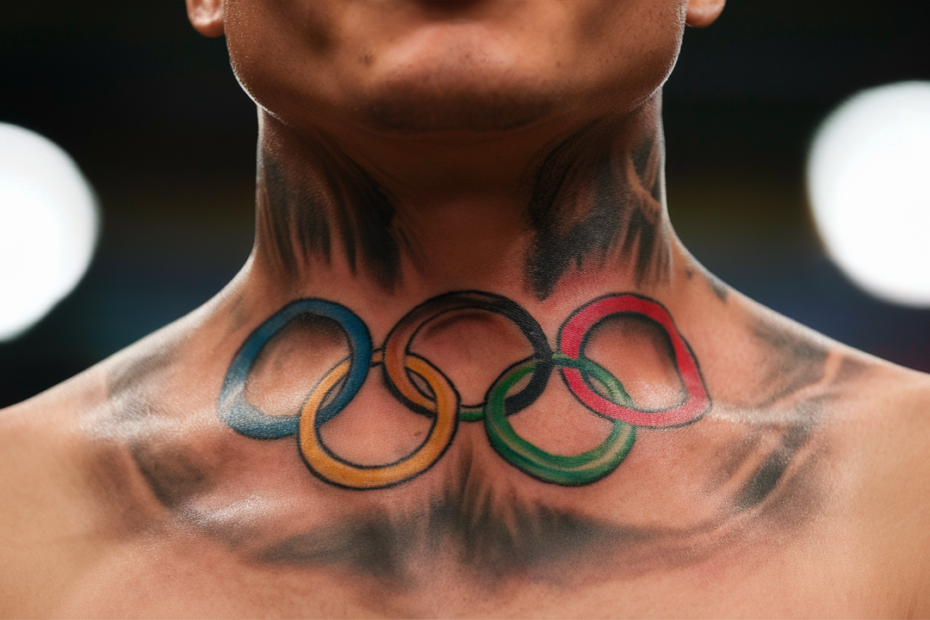Introduction
The allure of the Olympic Games isn’t just in the sports; it’s in the symbols, the stories, and the legacy they leave behind. One of the most recognizable symbols of this global event is the Olympic rings, and many people choose to carry this emblem with them forever through tattoos. But what makes the Olympic rings tattoo so special? Let’s dive into its history, meaning, and much more.
History of Olympic Rings Tattoos
Origin of the Olympic Rings
The Olympic rings, introduced in 1913 by Pierre de Coubertin, symbolize the unity of the five inhabited continents: Africa, the Americas, Asia, Europe, and Oceania. These interlocking rings represent the coming together of athletes from around the world in fair competition.
Evolution of the Tattoo Trend
The trend of tattooing the Olympic rings likely began with athletes who wanted a permanent reminder of their participation. Over time, it has evolved into a popular tattoo choice for not just athletes but also fans and supporters, symbolizing a shared connection to the Olympic spirit.
Designs and Variations
Traditional Designs
The classic design features the five interlocked rings in their respective colors: blue, yellow, black, green, and red on a white background. This design is timeless and easily recognizable.
Modern and Creative Variations
Today, people get creative with their Olympic rings tattoos. Some incorporate additional elements like flames, dates, or even national flags to personalize their tattoos. Watercolor effects and abstract styles have also become popular, adding a modern twist to the traditional design.
Color Symbolism
Each color of the Olympic rings was chosen because every nation’s flag includes at least one of them. This further emphasizes the inclusivity and global unity that the rings represent.
Meaning Behind the Tattoo
Unity and Global Connection
The Olympic rings symbolize the union of the world’s continents and the meeting of athletes from across the globe. This sense of unity is a powerful message that resonates with many people, making the tattoo a symbol of global connection and harmony.
Personal Achievement
For athletes, getting an Olympic rings tattoo is a way to commemorate their participation and achievements in the games. It stands as a testament to their hard work, dedication, and the honor of competing on one of the world’s largest stages.
Inspiration and Motivation
For many, the Olympic rings are a source of inspiration. They represent the pinnacle of athletic achievement and can serve as a motivational symbol to push beyond personal limits and strive for greatness.
Who Gets Olympic Rings Tattoos?
Athletes
Athletes who have competed in the Olympics often get this tattoo as a badge of honor. It’s a personal and permanent reminder of their participation and achievements.
Fans
Many die-hard fans of the Olympics choose to get the rings tattooed as a way to show their support and love for the games. It’s a way to feel connected to the event and the athletes they admire.
Supporters and Families
Sometimes, family members or close supporters of Olympic athletes get the tattoo to show their pride and support. It’s a shared symbol of their journey and achievements.
Choosing the Right Design
Factors to Consider
When choosing a design, consider what the Olympic rings mean to you personally. Do you want a traditional design or something more personalized? Think about how the design will look on your body and if it will stand the test of time.
Custom vs. Pre-made Designs
Custom designs can add a personal touch and ensure your tattoo is unique. However, pre-made designs are often classic and recognizable, which can also be appealing.
Placement Ideas
Common Placements
Popular placements for Olympic rings tattoos include the forearm, shoulder, and back. These areas are easily visible and can accommodate the design well.
Unique Placement Ideas
For a unique twist, consider placing the tattoo on your wrist, ankle, or even behind the ear. These areas can offer a discreet yet impactful look.
Pain Considerations
Keep in mind that different areas of the body have different pain levels. Bony areas like the ribs or feet can be more painful than fleshier areas like the upper arm or thigh.
Preparation and Aftercare
Pre-Tattoo Preparation
Before getting your tattoo, make sure you are well-hydrated and have eaten. Avoid alcohol and blood thinners, as they can affect the tattooing process.
Aftercare Tips
After getting the tattoo, follow your artist’s aftercare instructions carefully. Keep the area clean and moisturized, avoid direct sunlight, and don’t submerge it in water until it’s fully healed.
Healing Process
The healing process typically takes about two weeks, but it can vary. During this time, it’s crucial to avoid picking at scabs or scratching the area to prevent infection and ensure proper healing.
Celebrity Athletes with Olympic Rings Tattoos
Famous Examples
Many well-known athletes sport Olympic rings tattoos. Michael Phelps, the most decorated Olympian of all time, has the rings tattooed on his hip. Other famous athletes like Simone Biles and Usain Bolt also have the iconic rings inked on their bodies.
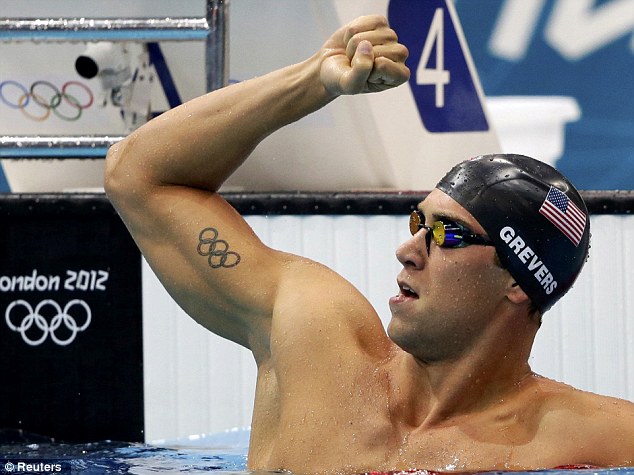
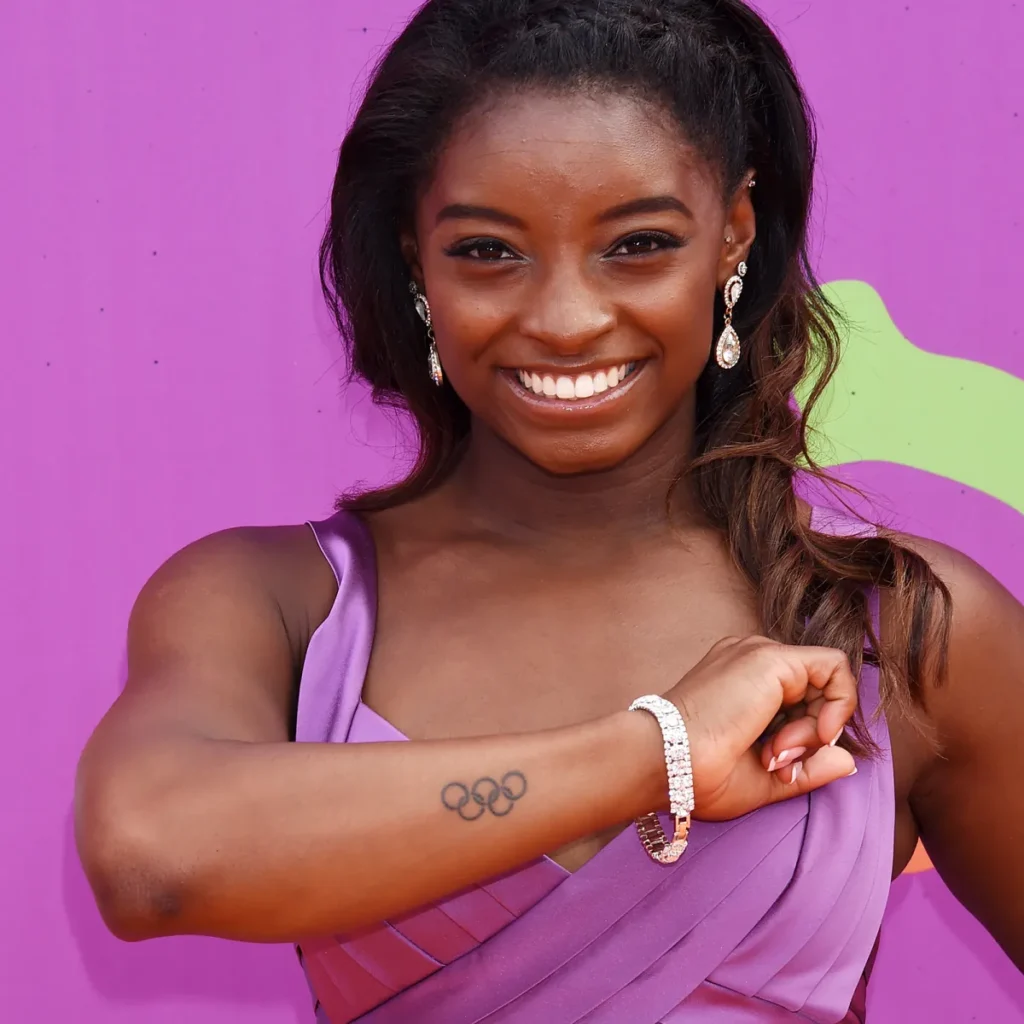
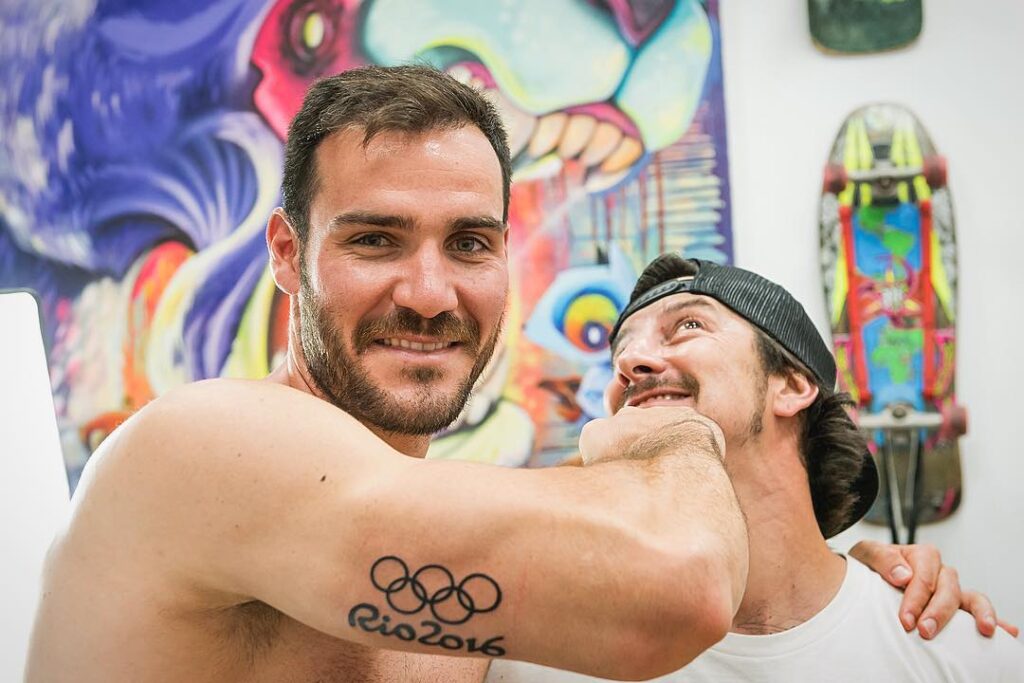
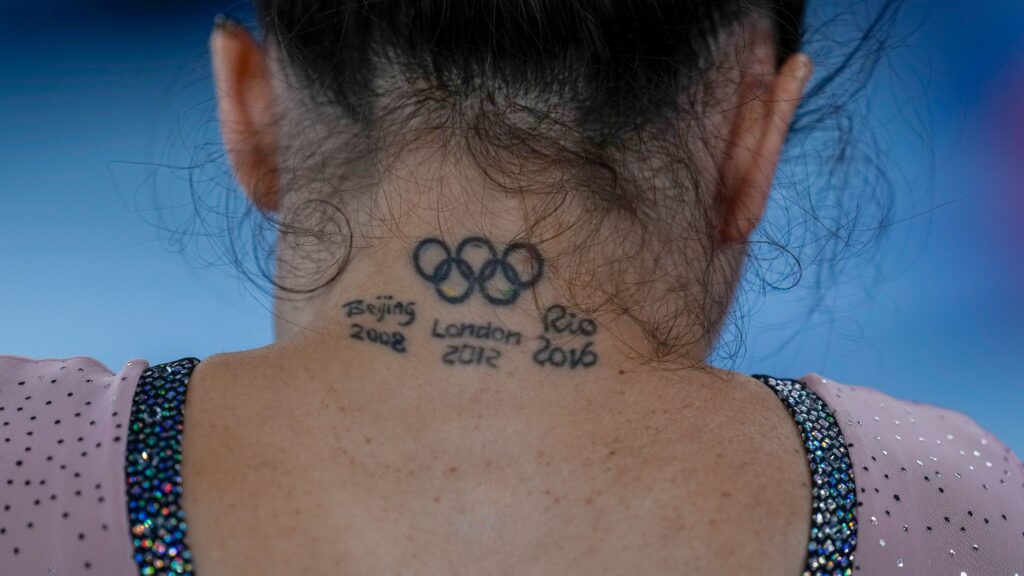
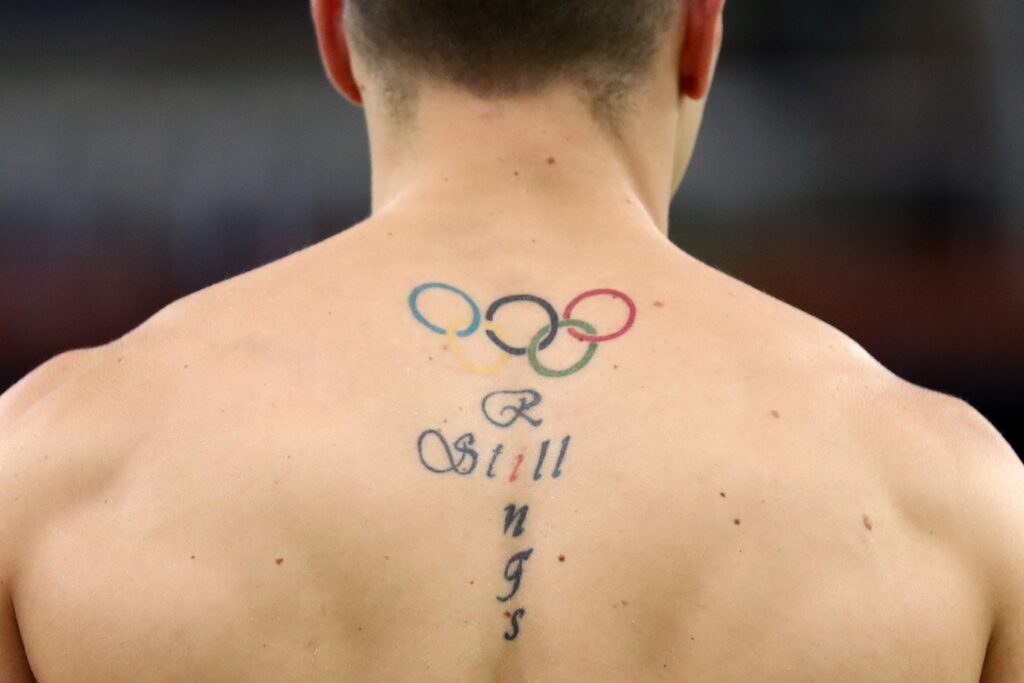
Their Stories and Motivations
These athletes often share that their tattoos are a symbol of their hard work, dedication, and the honor of representing their countries on the world stage. It’s a deeply personal and meaningful mark of their achievements.
Controversies and Considerations
Cultural Appropriation
While the Olympic rings are a universal symbol, it’s essential to approach the tattoo with respect and sensitivity. Ensure you understand the significance and avoid designs that could be seen as culturally inappropriate.
Respect and Sensitivity
Respect the cultural and historical significance of the Olympic rings. This symbol represents unity and peace, and it should be worn with pride and honor.
Getting the Tattoo: What to Expect
Finding a Tattoo Artist
Choose a reputable tattoo artist who has experience with detailed designs. Look at their portfolio to ensure their style matches what you’re looking for.
The Tattooing Process
The process typically starts with a consultation to discuss your design and placement. On the day of the tattoo, the artist will prepare the area, apply a stencil, and then begin the tattooing. The time it takes will depend on the size and complexity of the design.
Costs Involved
Average Costs
The cost of an Olympic rings tattoo can vary widely depending on the artist, location, and complexity of the design. On average, you might expect to pay between $100 and $500.
Factors Affecting Cost
Factors such as the artist’s experience, the size of the tattoo, and the level of detail can all affect the cost. More detailed and larger tattoos will generally be more expensive.
FAQs about Olympic Rings Tattoos
Common Questions and Answers
Q: Does getting an Olympic rings tattoo hurt? A: The pain level varies depending on the placement and your pain tolerance, but generally, it’s manageable.
Q: How long does it take to heal? A: Most tattoos take about two weeks to heal, but it can vary based on aftercare and individual healing rates.
Q: Can anyone get an Olympic rings tattoo? A: Yes, anyone can get the tattoo, but it’s essential to understand and respect its significance.
Q: What should I consider before getting the tattoo? A: Think about the design, placement, and the meaning it holds for you personally.
Q: How do I find a good tattoo artist? A: Look for artists with experience in detailed designs and check their portfolios for quality and style.
Conclusion
Olympic rings tattoos are more than just a trend; they’re a powerful symbol of unity, achievement, and global connection. Whether you’re an athlete, a fan, or a supporter, this tattoo carries a rich history and deep personal significance. As with any tattoo, it’s important to choose a design and placement that resonates with you, prepare properly, and take good care of your new ink.
